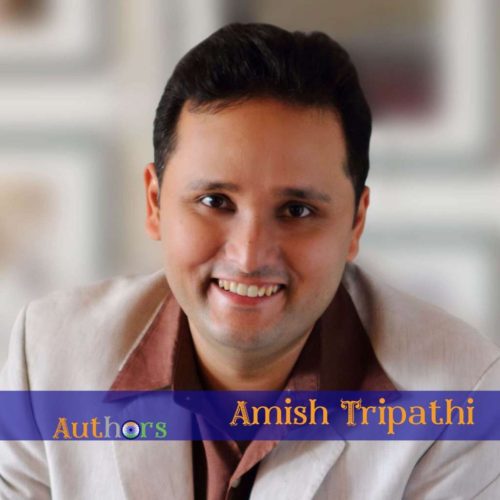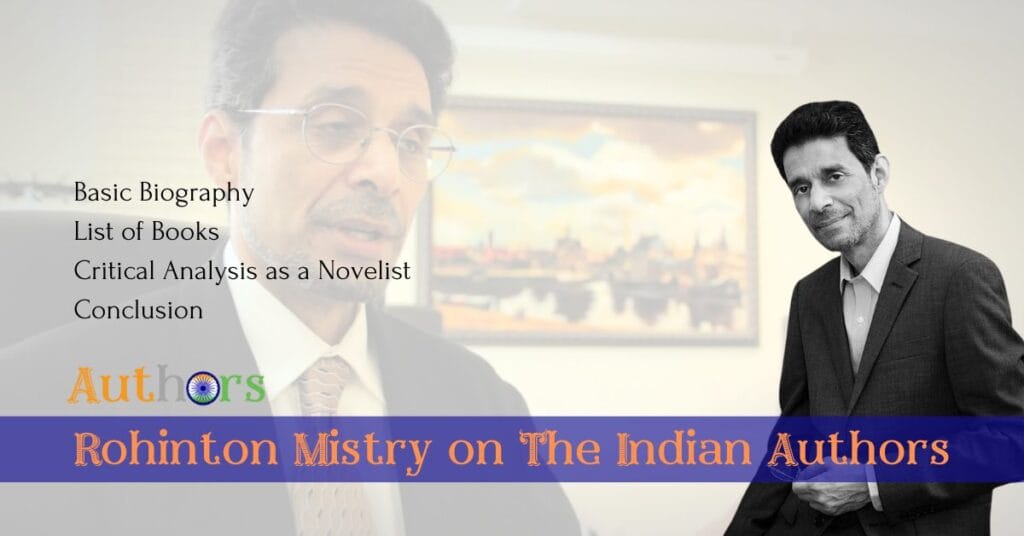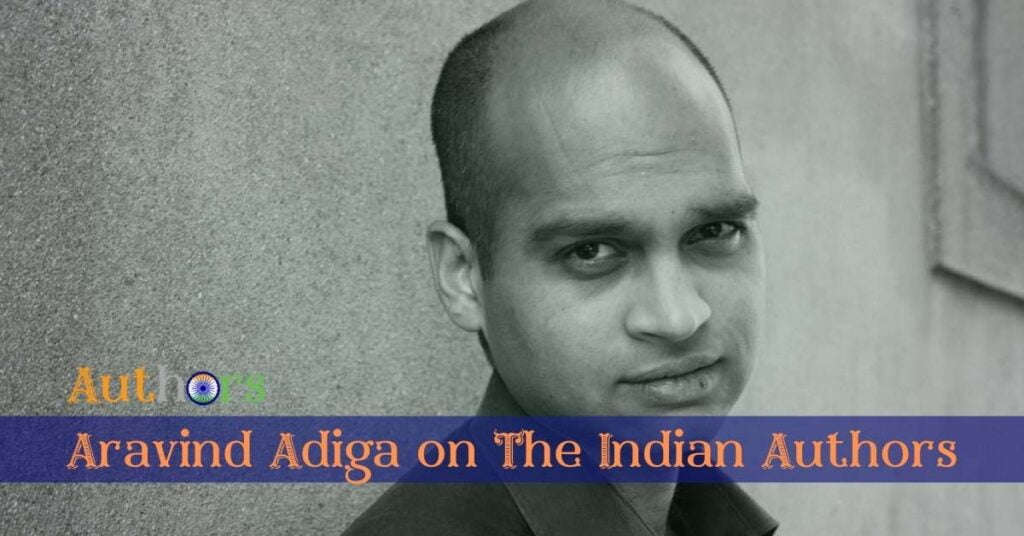Name: Amish Tripathi
Genre: Mythological, Neo-historic, Fantasy
Famous Books: Ravana: The Enemy of Aryavarta, Rama, Sita: The Warrior of Mithila
Apparently, in the last twenty years, Indian English writings have shown twin-folded works. On the one side, there are writers who write casual, romantic and momentary novels and on the other side, there are the ones who write historical and mythological, a little more than momentary and also a little more than significant novels. I left one category which is reserved for the writers who produce seminal, meaningful and full of literary quotient works. To cut short my lengthy surfacing and to come to the point directly, let me begin with a distinction. If Chetan Bhagat is the flag bearer in the field of romantic (or rather sensual) novel, then, certainly, Amish Tripathi is the same in the field of historical and mythological novels. The works by Amish Tripathi have been appreciated by noted critics for various reasons. People compare him to Dan Brown. His works are sharply focused on ancient Indian history but the final output that he presents to the readers is sharply different from the original history as well. So, let’s begin with an introduction to Amish Tripathi first.
Personal life:
He was born in 1974 in Mumbai. Later he moved to Rourkela and lived most of his childhood days there. He joined St. Xavier’s College, Mumbai, to get his bachelor degree and then he moved to Indian Institute of Management, Kolkata (Calcutta, in those days) to pursue an MBA. He has worked with much-reputed organisation like Standard Chartered, IDBI, DBS. After working for more than twelve years in this sector, he moved into writing fiction and very soon become the best seller with his very debut work. Yes, we cannot discount the vehement use of advertisement and PR loads. Still, largely, it is the writing that sells.
His Writings:
Amish is a different kind of writer. When he started writing, the romantic genre was already the most popular format for fame and wealth. However, he had different plans. Amish came with, if not an entirely new, a very different concept of his own. He played with the narratives of historical and religious texts of India and created a fusion of modernism and eternal. He almost made a template – the famous work, a blend of modern storytelling and appealing plot, print it and sell as many copies as you want. Later, his style became the best and many authors have followed it and succeeded as well. Honestly speaking, other than romantic novels, people only love these kinds of novels. A fantasy ride into the uncertain lanes of history, spiced up decks of cultural tales… and voila!
He has written his first book on Shiva. His writing has incited the interest of readers to read the historical and religious novels again. Although there are many changes and he morphs the epics as per his convenience and what could serve his purposes better, whatever details Amish comes up with are appreciable. His works try to connect the dots between mythological and contemporary world. In short, he entertains as well as enlightens in a light way. He is simplifying the knowledge of the eternal for the mortals of the modern world who are unable to comprehend the knowledge of that magnitude.
One more thing is very interesting about Amish that he has written all his books in a series form. His most famous series is Shiva Trilogy that has become a record bestseller. After that, he also wrote about Ram, Sita and also Ravan. Though his books have also been criticised for oversimplifying and morphing too much what ought to be seminal and authoritative, Amish still continues to fascinate his readers. His writings offer detailed information about our glorious and beautiful past. His Ram Chandra series is also very popular that talks about lord Ram and his works. In this series, he has written a book on Ravana as well that has been published recently.
Talking about the technical aspects of his writings, one has to agree that Amish has played his cards very carefully. Though some might argue that themes as vast as epics may require glorified language and heavy machinery involved in the narrative, Amish has kept his language very simple so that his books may reach to maximum readers and especially teenagers and youths. Moderate in depth and very easy to understand, Amish has become a bestseller not only because of his content preferences but also because of the way he presents his content. He has written non-fiction as well.
However, just to strike the balance and bring out what needs to come out, Amish could have employed a little maturer way of presentation. Leave aside the way he manipulates the religious texts and enjoys his liberty being a fiction writer, he could have settled with a language that is a little elevated because it could have extended his fiction’s gravity. He could have inspired the readers not only to read his novels but also to discern between good writing and average writing. However, Tripathi clearly falls flat at this and he rather enjoys in the wilderness that he can euphemise the epics as he pleases.
His Books:
- The Immortals of Meluha (2010)
- The Secret of the Nagas (2011)
- The Oath of the Vayuputras (2013)
- Ram: Scion of Ikshvaku (2015)
- Sita: Warrior of Mithila (2017)
- Raavan: Enemy of Aryavarta (2019)
- Immortal India (2017)
Major Awards:
- Kalinga International Literary Award 2018
- Forbes Celebrity 100 List 2017
- 50 Most Influential Young Indians 2015
- Dainik Bhaskar Readers’ Choice Award in 2016.
- Hello Hall of Fame Awards for Literary Excellence 2019
These are the major awards won by him.
Conclusion:
Though one may not agree with his style of writing or his ways of presenting what he writes, one has to give in to this hard fact that Amish has made a remarkable contribution to Indian English literature in the contemporary times. It is due to him that young India is reading novels based on our ancient history and learning something about our past we can be proud of. However, at the same time, it brings more responsibility on the shoulders of Amish that he must be very careful with what he does. If he loses the plot from here, only he is to blame and none other. So, at this point, Amish Tripathi has fared well, somehow.
We will keep updating this article with relevant facts, data and content as things change.
article by Amit Mishra for The Indian Authors




